Description
In this introductory tutorial, you’ll learn the fundamentals of data processing — a key stage in data analytics, data science, and machine learning. We begin by exploring what data processing is and why it plays such a crucial role in today’s data-driven world. You’ll learn about different types of data: structured (e.g., tables, databases), unstructured (text, images), and semi-structured (JSON, XML), as well as the typical tasks data professionals perform at each stage of the workflow.
Next, we’ll walk through the full data lifecycle — from collecting raw data to extracting meaningful insights. You’ll get familiar with common data sources such as CSV files, Excel documents, databases, public APIs, and open datasets from repositories like Kaggle and UCI. We’ll also provide a brief overview of the essential tools used in data processing: the Python programming language, libraries like pandas and numpy for data manipulation, matplotlib for visualization, and development environments like Jupyter Notebook and Google Colab.
You’ll then explore a typical data processing pipeline: loading data, performing an initial inspection (structure, types, dimensions), cleaning (handling missing values and duplicates), transforming data, and generating simple visualizations. This process forms the foundation for deeper data analysis and for building machine learning models later on.
The tutorial includes a hands-on practical section, where you’ll load a small CSV dataset, explore it using head() and info(), detect and remove missing values and duplicates, generate a few basic plots, and export the cleaned data to a new file. This practical exercise will help you apply the core concepts of data preprocessing in a real scenario.
To conclude, you’ll be introduced to key ideas in data ethics: how to responsibly handle sensitive or personal information, why transparency and integrity are critical in working with data, and what common pitfalls can arise from poor data practices. We’ll summarize the major stages of data processing, explain how it connects to data analytics and machine learning, and suggest next steps for learning — such as working with Pandas in depth, advanced data cleaning techniques, and data visualization.
You’ll also receive additional materials: a Jupyter Notebook with example code, a PDF summary, self-assessment questions, and a list of helpful learning resources.
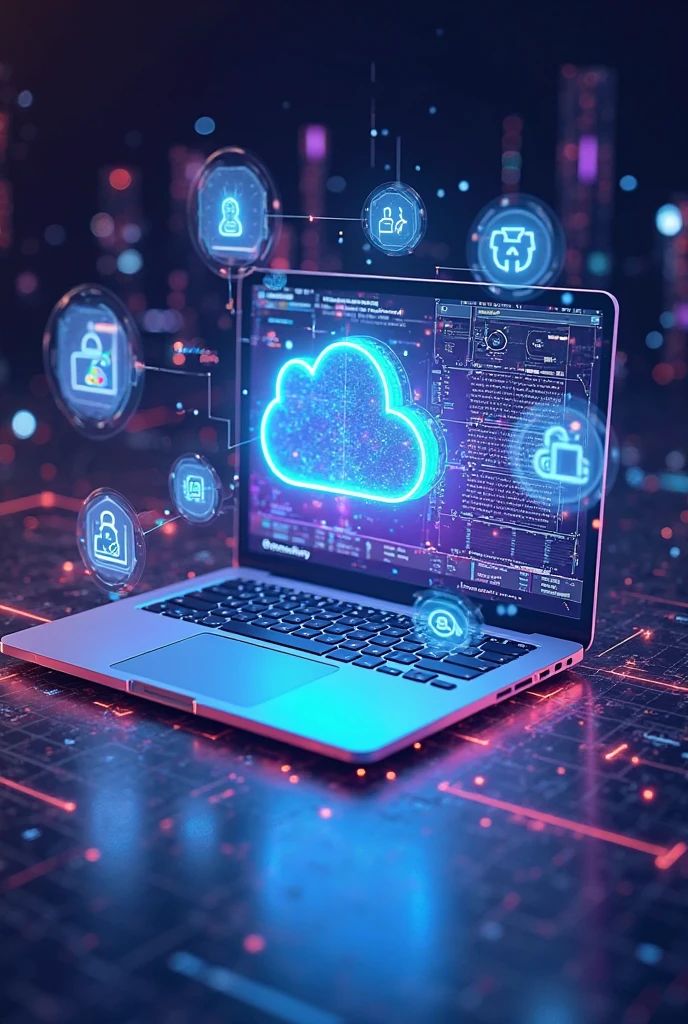
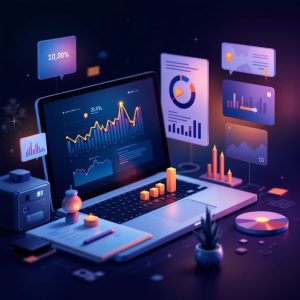
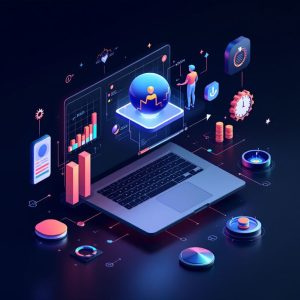
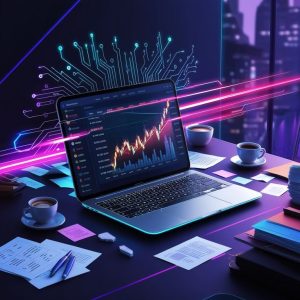
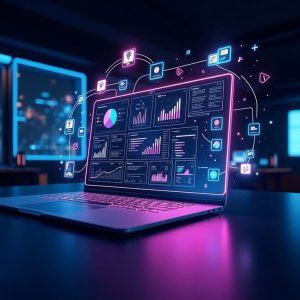

Reviews
There are no reviews yet.